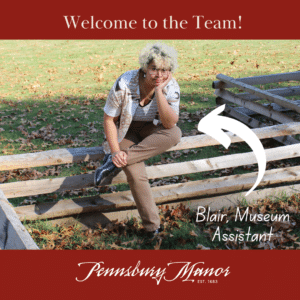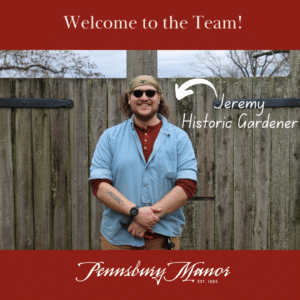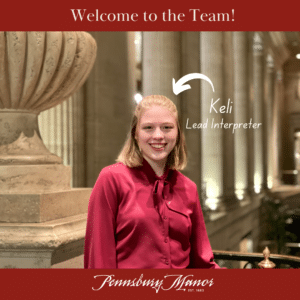This conversation explores the evolution of studying enslaved people in America, emphasizing the shift from dismissing black-authored sources to valuing them. Dr. Randall Miller is Professor Emeritus of History at St. Joseph’s University. Dr. Miller’s research focuses on how the use of non-traditional sources like archeology and folklore can give the enslaved greater voice in their history. Dr. Miller will present his research in an informative and engaging lecture entitled “The World(s) the Enslaved Made” on Sunday, September 22nd at Pennsbury Manor. Learn more
here. The interview has been edited for length and clarity.
What has your path been like to coming to study enslaved people in America?
I started when I was in graduate school. I was going to school at a time when the Civil Rights Movement was exploding. There was an appreciation, generally and certainly among teachers, that African Americans had a history because they were making history right in front of us.
Once I got involved and interested in it, there was no running away from it, because it was so central to understanding America.
How have the ways historians studied slavery changed in the last 50 years?
Probably the biggest change has to do with sources. Not that sources didn’t exist, but historians’ and others’ willingness to look at these kinds of sources, to try to understand them.
Part of that was a change in attitudes that is coming out of the Civil Rights Movement of respect for their subject. That blacks had a history, and it was a history worth knowing.
Instead of taking what enslaved people were like from the accounts of white people, we need to also look at it from the accounts of black people, the enslaved or formerly enslaved. That was a big shift.
The other thing was a growing willingness of the part of historians to start to rely on so-called non-traditional sources. These would be things that you discover through archeology, anthropology, musicology, linguistics, and studies of folklore.
All of a sudden, by realizing that there’s a huge expanse of potential source material, this gave you ways of finding people on their own terms that otherwise you couldn’t do.
One of the biggest changes was a shift that any study of enslavement must include the enslaved people, their accounts, their perspectives, their actions, etc. Instead of becoming objects, now they became agents. They became actors in the story themselves.
For example?
Their respect for the physical death of their own people showed the values that they had. The positioning of the bodies suggested that the kind of objects were ones that were common in West African cultures, for example. The conclusion you could make from that is that this is evidence of the persistence of West African cultural ideas.
They were making their own world. They were holding on to values that were their values.
Do you think that these values could be observed by the enslaved at Pennsbury?
There weren’t many enslaved people there, and the ones that were there were probably already acculturated before they came into Penn’s family’s hands.
We do know a few things. For example at least one couple married, which is significant. But we also know that that married couple was going to be separated, how, and why, which is itself interesting and a reminder that an enslaved person ultimately was going to be subject to the power of the enslaver.
We can extrapolate from that to some extent, but unless you have archeological digs that are going to show things, the key story here would be absent: stories that we know that they might have wanted to tell. They haven’t told us to those stories; we don’t have their folklore from back then.


 trition they needed. The Food Pantry aims to serve 2-3 meals per week to each Tribal member every week. Last month, the Food Pantry served 944 households, about 250 households a week. In total, 1,702 Delaware citizens received food last month.
trition they needed. The Food Pantry aims to serve 2-3 meals per week to each Tribal member every week. Last month, the Food Pantry served 944 households, about 250 households a week. In total, 1,702 Delaware citizens received food last month.

